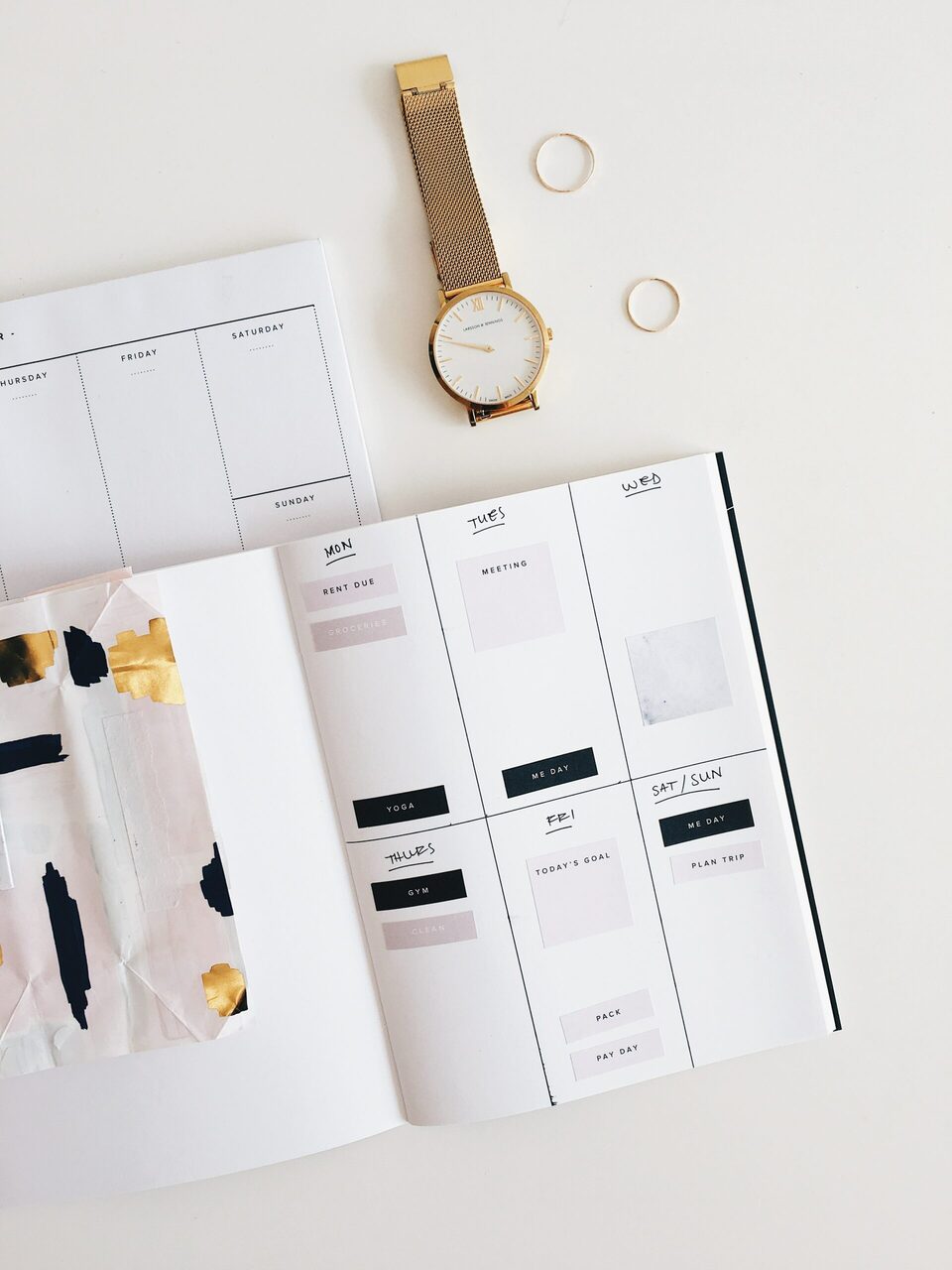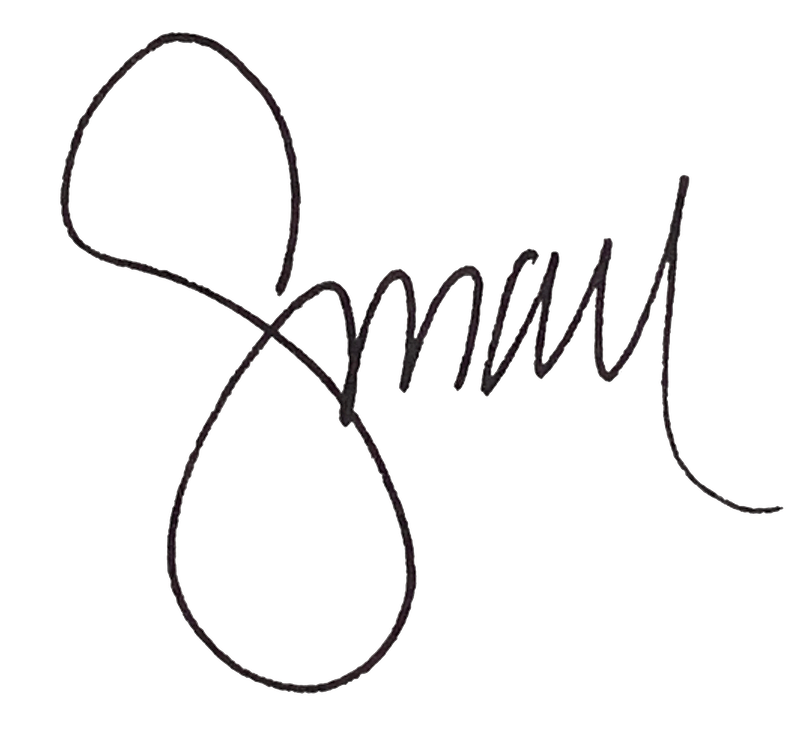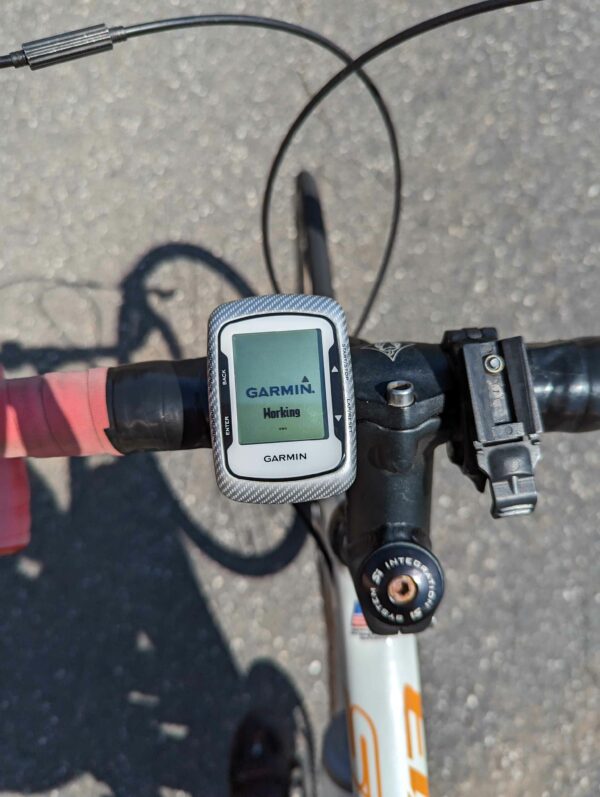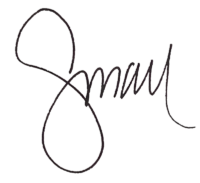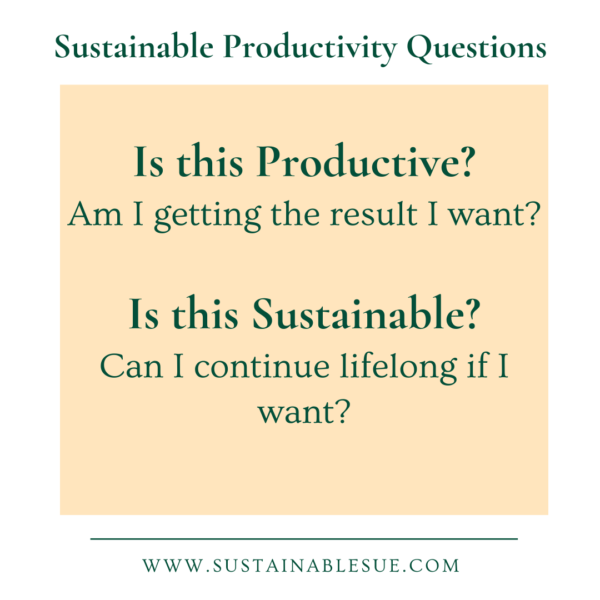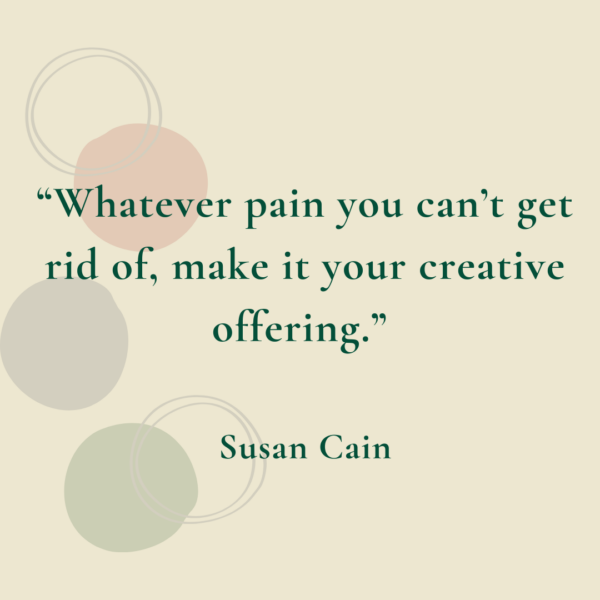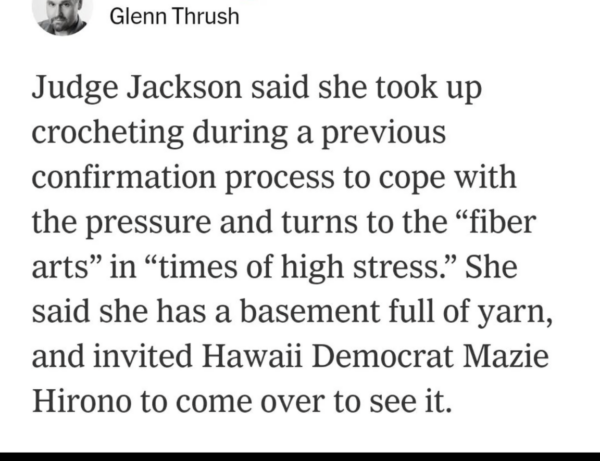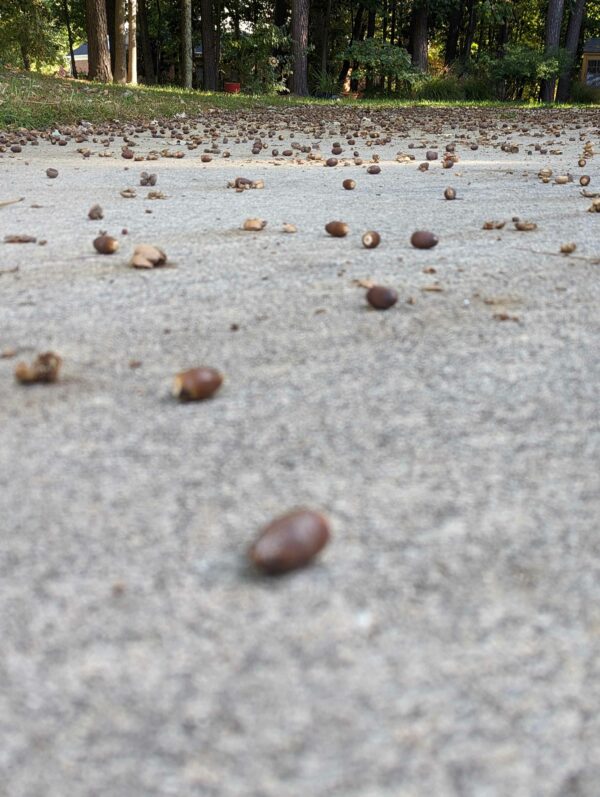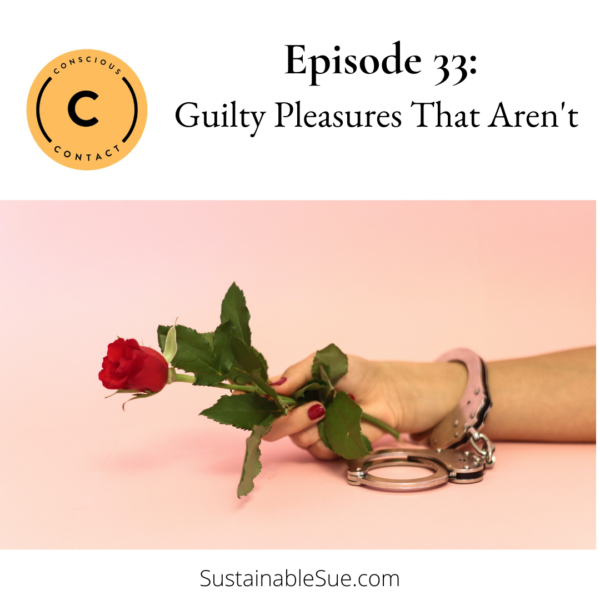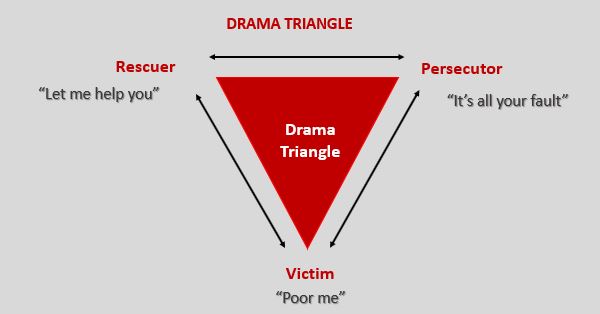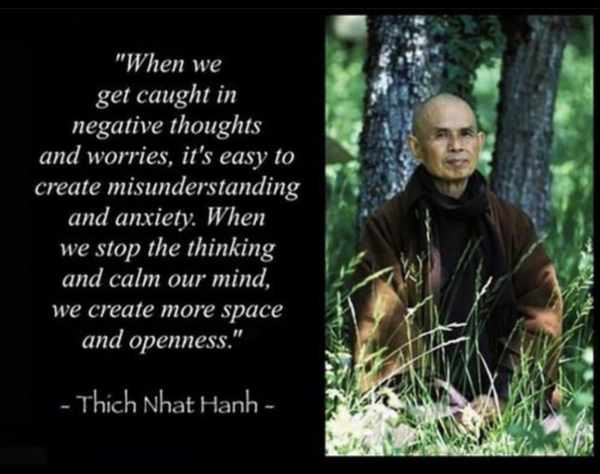Mental health is just as important as physical fitness. There are two sides to mental health, and both are equally important: what weighs heavily on your mind and what puts wind in your sails.
Many of us share common mental stressors – time, money, work, emotions, and relationships. Ironically it can be too little or too much of each of these that causes stress. While we are never going to eliminate stress, we can address what do we do to manage it and its affect on our health.
As many humans as exist in the world, there exists as many combinations of answers to mental health concerns. For most diagnosis, medication and talk therapy has been proven to be the best practice. I am not trained as a mental health professional in any way. The information provided here is simply to be a resource for conversations about what has worked to help manage the stressors above to bring joy and lightness to my life and to hear what works for other. To make the daily grind something not just palatable, but something we can look forward too. Some of these ideas might be meditation, learning, or hobbies.
